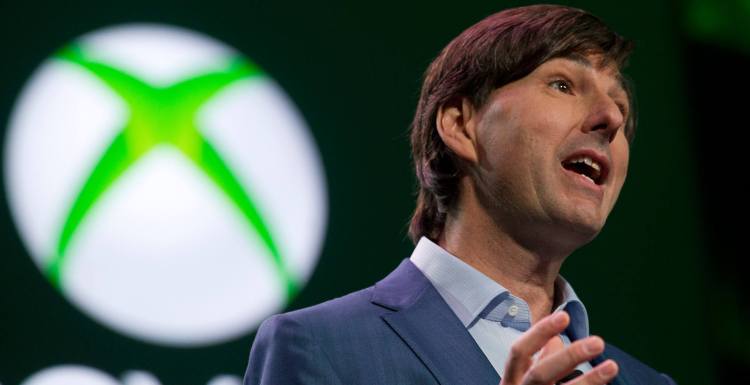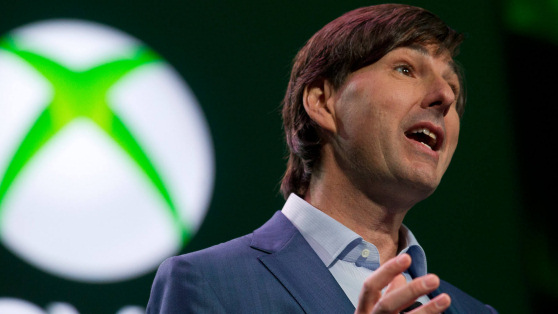This post has not been edited by the GamesBeat staff. Opinions by GamesBeat community writers do not necessarily reflect those of the staff.
Like books, movies, and music, video games are going through a gradual transition to digital distribution. As this transition continues, backward compatibility becomes a growing concern — especially since the Xbox One and PlayStation 4 are not offering it. Digital copies of games such as Journey, Braid, Lara Croft and the Guardian of Light, and countless other titles are unplayable on the new consoles. This also includes the free games that Xbox Live Gold Members are receiving. Both Sony’s and Microsoft’s response to backward compatibility is sending me to my PC to play digital games.

Sony, in collaboration with IBM and Toshiba, famously developed the Cell processor for the PlayStation 3, and Microsoft used IBM’s PowerPC chip for Xbox 360. With this next go around, Sony and Microsoft decided to leave IBM’s chip architecture behind. This led to both companies claiming the lack of backward compatibility is due to the switching their CPUs to an AMD Jaguar model, which uses the x86-64 architecture (64 is for 64-bit version). The x86 architecture was introduced in 1978 and is the backbone to Intel and AMD’s processors.
Xbox Live vice president Marc Whitten, when asked by The Verge in regards to backward compatibility, said, “The system is based on a different core architecture, so back-compat doesn’t really work from that perspective.”
While technically these current-generation consoles have a different architecture from the upcoming generation’s, backward compatibility is possible. In order for the Xbox One or the PlayStation 4 to provide backward compatibility on a new CPU architecture, an emulation program would need to be created. Making an operation system that runs natively on x86-64 architecture that also emulates IBM’s PowerPC chip is possible. This was the exact strategy Apple took in 2006 when switching its computers’ architecture from IBM’s PowerPC to Intel’s x86 architecture. One would think Microsoft, the creator of Windows — the most widely used operating system in the world and provider of the x86 and PowerPC versions of Microsoft Office for the Mac — would be more than capable of offering backward compatibility on its system. Or better yet, it could use the power of the cloud. Microsoft’s virtualization product Hyper-V could easily create a virtual machine on the Xbox One to play Xbox 360 games.
While both consoles attempt to be the all-in-one-entertainment system, I’m reluctant to start purchasing digitally distributed games from either Sony or Microsoft. With both companies unwilling to support my current digital catalog on their new systems, I think it’s time I head back to Steam to truly future-proof my digital catalog.


